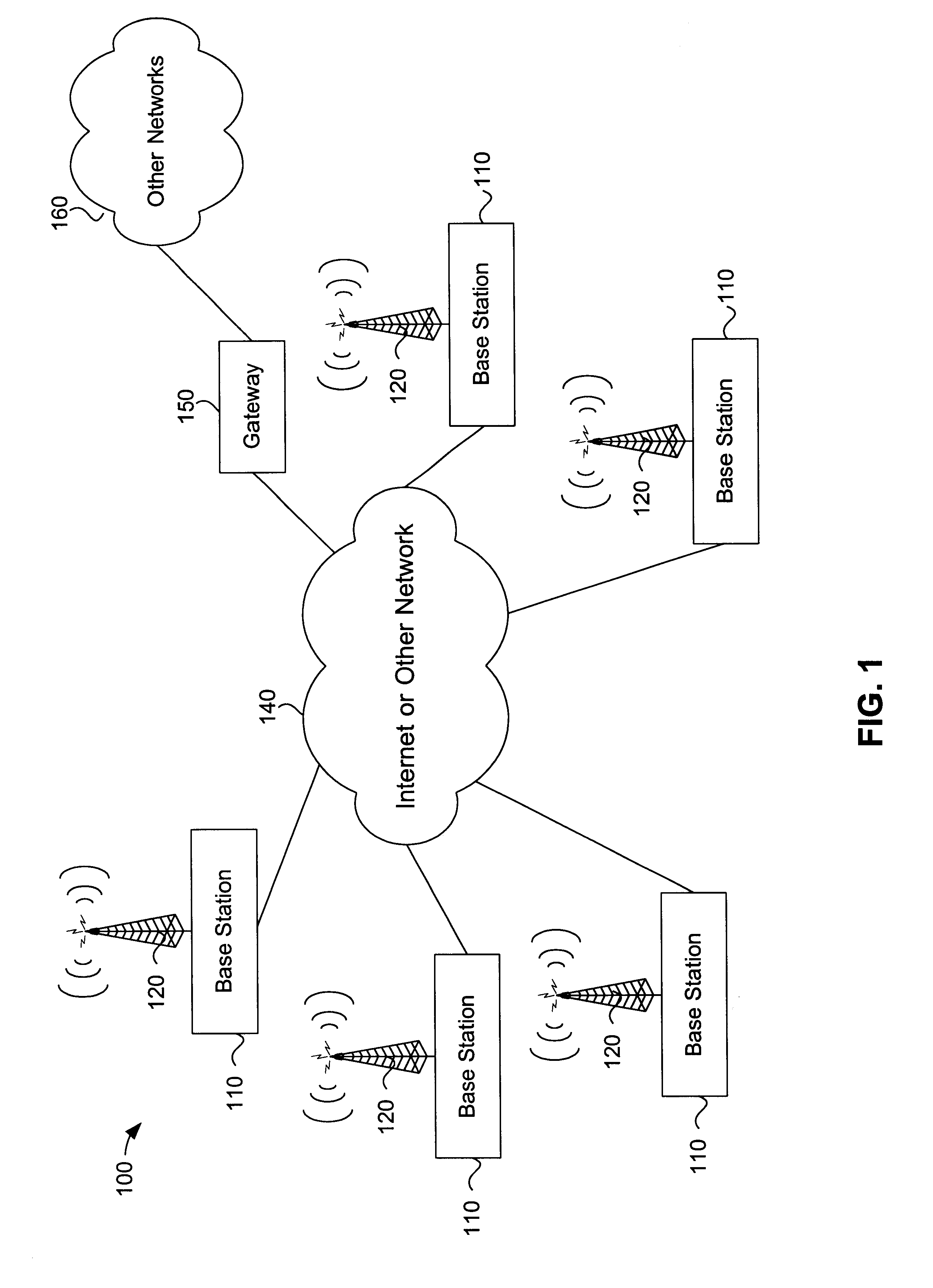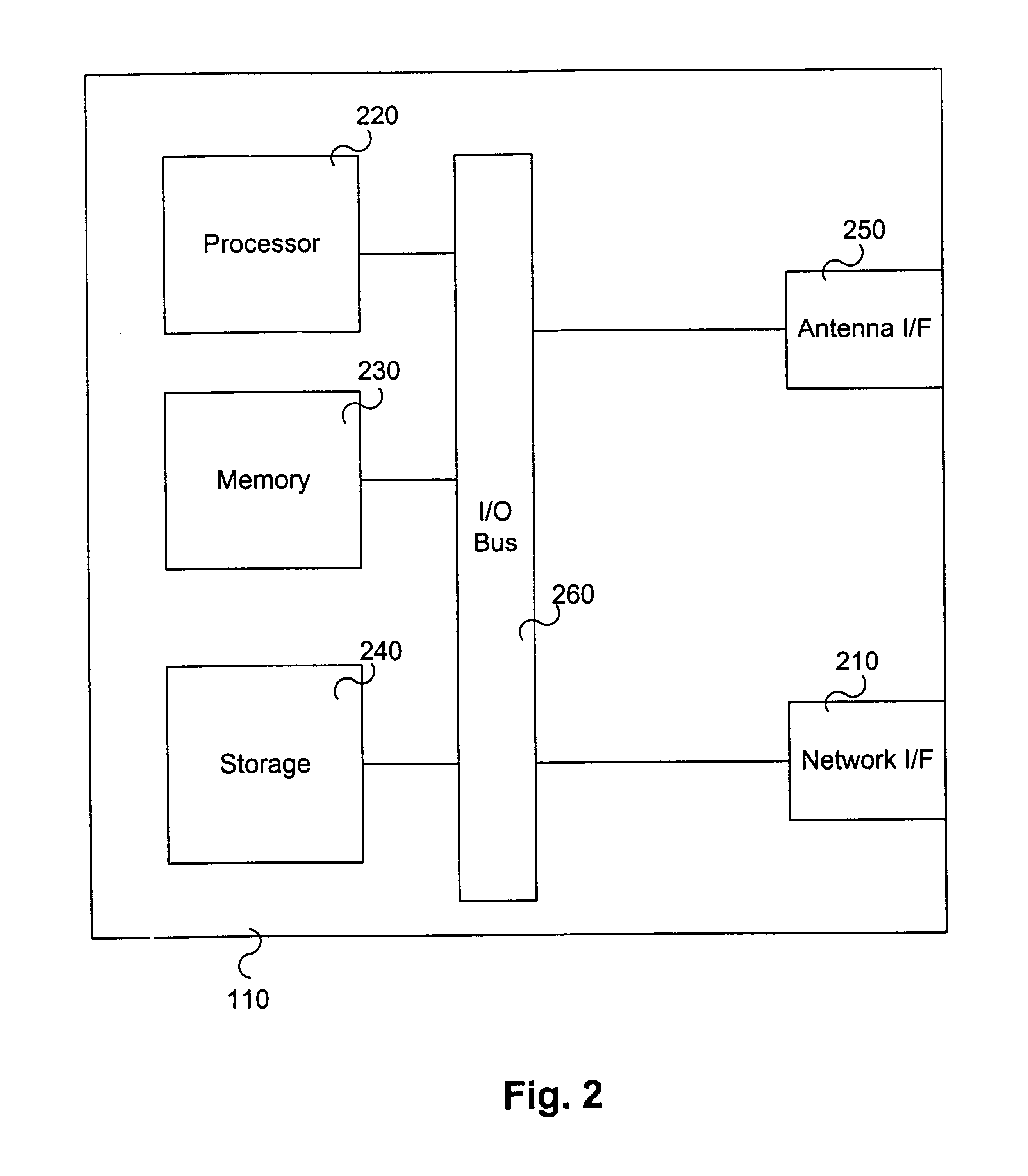Methods and systems for reducing interference across coverage cells
a technology of coverage cell and interference reduction, applied in the field of reducing interference in a wireless communication system, can solve the problems of inability to design unique codes to be perfectly orthogonal, insufficient demand for wireless resources such as the available electromagnetic bandwidth, and inability to meet the requirements of the application of the wireless resource, so as to achieve the effect of reducing interference across coverage cells
- Summary
- Abstract
- Description
- Claims
- Application Information
AI Technical Summary
Benefits of technology
Problems solved by technology
Method used
Image
Examples
Embodiment Construction
The present invention is directed toward systems and methods for sharing information between base stations to reduce interference within a wireless communication coverage cell. By sharing information between base stations, interfering communication signals may be detected and demodulated to cancel the interfering communications.
Those skilled in the art appreciate that only a small portion of neighboring-cell communications need to be canceled to obtain significant reduction of MAI. More particularly, by carefully selecting the highest MAI-producing communications, significant reduction in neighboring-cell interference can be made while keeping the processing power requirement to its minimum. By canceling the worst neighboring-cell's interfering communications, performance gains such as increased capacity, better reliability, wider coverage, higher data rates, and improved power utilization, may be achieved. In addition, reducing the interference impact of high data rate communicatio...
PUM
 Login to View More
Login to View More Abstract
Description
Claims
Application Information
 Login to View More
Login to View More - R&D
- Intellectual Property
- Life Sciences
- Materials
- Tech Scout
- Unparalleled Data Quality
- Higher Quality Content
- 60% Fewer Hallucinations
Browse by: Latest US Patents, China's latest patents, Technical Efficacy Thesaurus, Application Domain, Technology Topic, Popular Technical Reports.
© 2025 PatSnap. All rights reserved.Legal|Privacy policy|Modern Slavery Act Transparency Statement|Sitemap|About US| Contact US: help@patsnap.com



